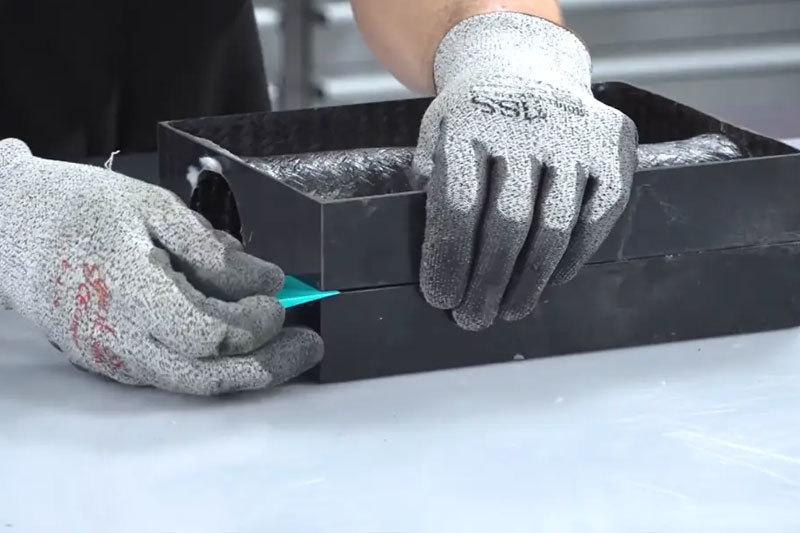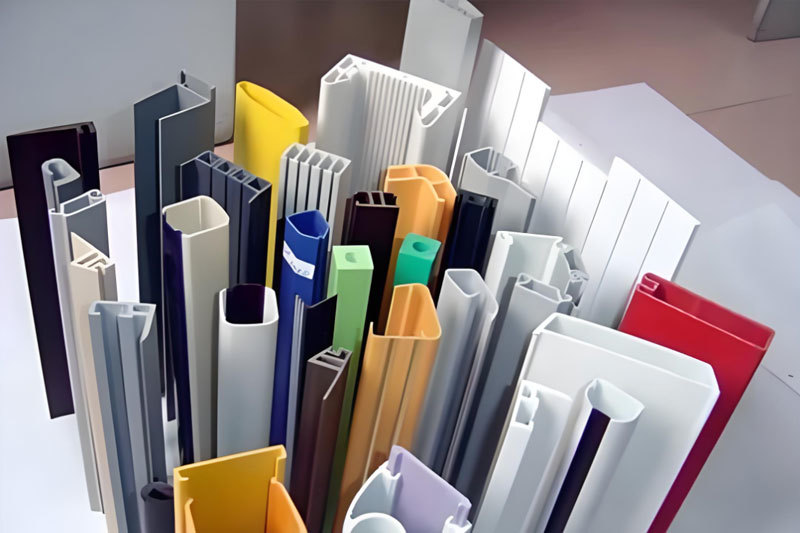Surface accuracy of carbon fiber molds
2024-10-14

The surface accuracy of the carbon fiber mold has a vital influence on the quality and performance of the product. The surface accuracy of the mold is directly related to the dimensional accuracy, surface smoothness and overall performance of carbon fiber products. The high-precision mold can ensure that the size and shape of carbon fiber products are very accurate, so as to give full play to the performance of the material.
The reasons for the high surface accuracy of carbon fiber molds mainly include the following aspects: First, carbon fiber materials have the characteristics of high strength and low density, so their products usually require very precise dimensions and geometries to give full play to the performance of the material. Secondly, carbon fiber products usually need to be produced in large quantities, and each product is required to maintain consistent quality and performance. High-precision processing can ensure that each product meets specifications. In addition, some application areas, such as aerospace and medical equipment, have very strict requirements on the accuracy and quality of components to ensure the reliability and safety of the system.
In order to achieve high-precision surface requirements, the design and manufacture of carbon fiber molds need to meet the following conditions: the cavity size of the mold must be accurate, the upper and lower molds must be accurate, and the mold surface has a high surface accuracy. The mold needs a certain heating device, which can heat the mold to a certain temperature (60-120 ℃) to ensure uniform temperature distribution of the mold surface and adjust the temperature. In addition, the tightness of the mold is also very important, especially in the case of vacuum molding, to ensure the quality of carbon fiber products.
High-precision carbon fiber molds are widely required in applications. For example, when making carbon fiber composite parts for automobiles, the precision of the mold can optimize the layup sequence and thickness of the parts, thereby improving the deformation mode and impact resistance of the parts during the collision. When making carbon fiber parts for high-precision reflectors, selecting materials with large thermal conductivity/thermal expansion coefficient can reduce thermal deformation and ensure the uniformity of the temperature field. These applications require high precision molds to ensure the quality and performance of the final product.
Next page:
Contact Us
E-mail :
whmingtai@vip.163.com
Zhou Zong:
86-13561806536
Address:
71-2 Dandong Road, Weihai Printing Industrial Park









